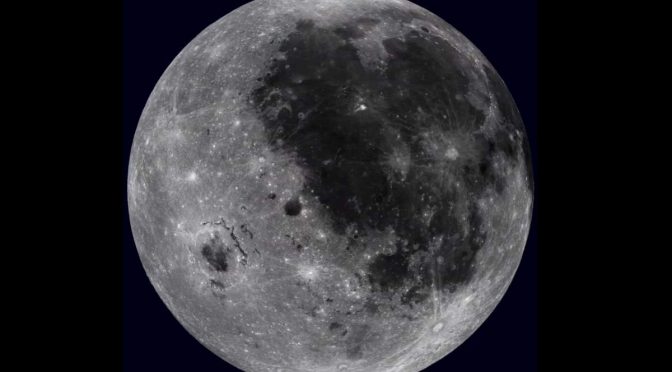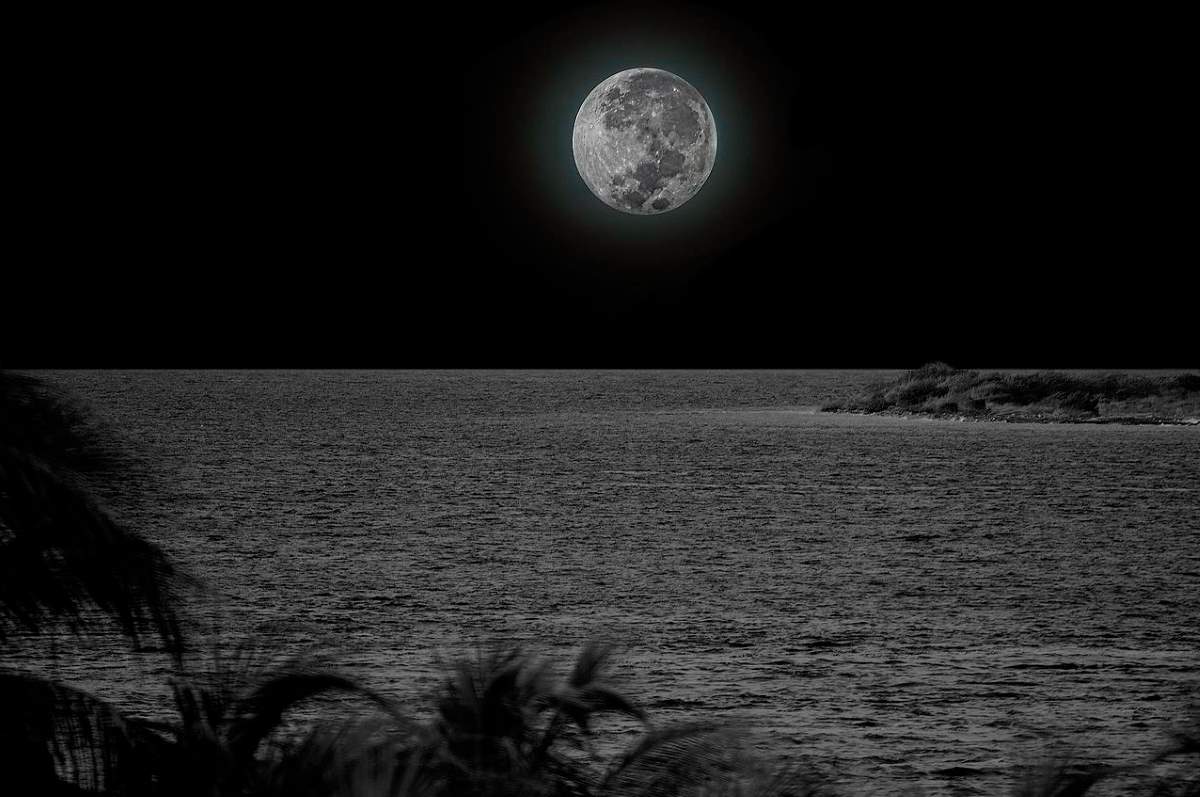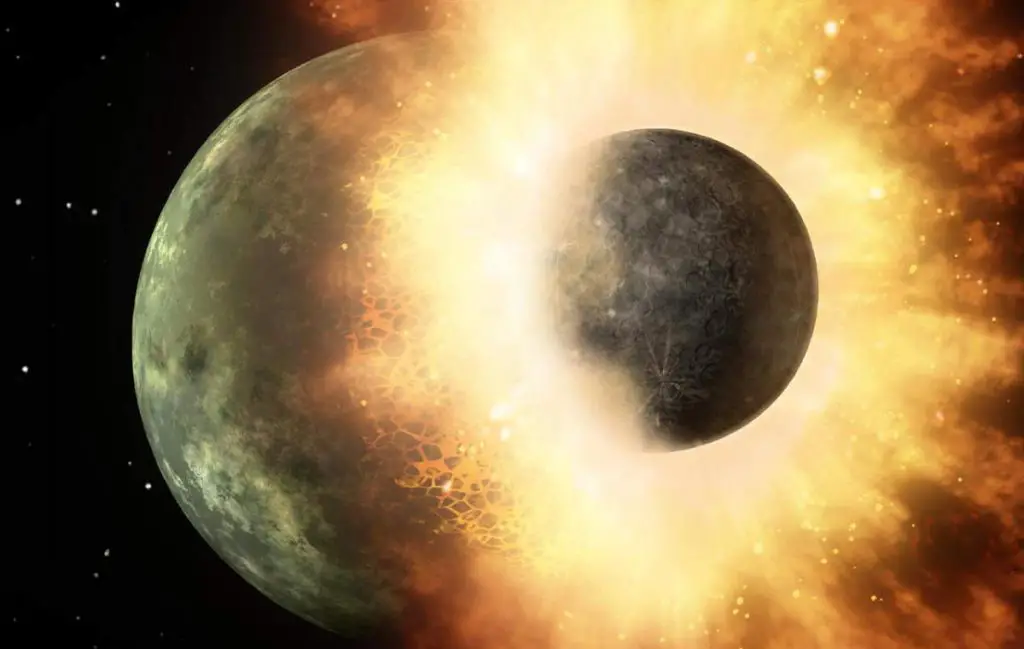NASA APOD (Astronomy Picture of the Day) published an amazing video showing a rotating Moon. In fact, no one sees the Moon rotate like this. We see only one side of the Moon because the Moon is tidally locked to Earth. But, thanks to modern digital technology combined with many detailed images returned by the Lunar Reconnaissance Orbiter (LRO), a high-resolution virtual Moon rotation movie has been composed.
The above time-lapse video of the rotating Moon starts with the standard Earth view of the Moon. Quickly, though, Mare Orientale, a large crater with a dark center that is difficult to see from the Earth, rotates into view just below the equator. From an entire lunar month condensed into 24 seconds, the video clearly shows that the Earth side of the Moon contains an abundance of dark lunar maria, while the lunar far side is dominated by bright lunar highlands. Currently, over 20 new missions to the Moon are under active development from four different countries, most of which have expected launch dates either this year or next.
Why we don’t see a rotating Moon from Earth
We see only one side of the moon because of a phenomenon called “tidal locking” – the situation when an object’s orbital period matches its rotational period. Our moon is a great example of that.
Lunar Reconnaissance Orbiter

The Lunar Reconnaissance Orbiter (LRO) is a NASA robotic spacecraft currently orbiting the Moon in an eccentric polar mapping orbit. Data collected by LRO has been described as essential for planning NASA’s future human and robotic missions to the Moon.
LRO and the Lunar Crater Observation and Sensing Satellite (LCROSS, see notes 1) were launched on an Atlas V rocket on June 18, 2009, beginning a four-day trip to the moon. LRO spent its first three years in a low polar orbit collecting detailed information about the moon and its environment. After this initial orbit, LRO transitioned to a stable elliptical orbit, passing low over the lunar south pole. With a suite of seven powerful instruments, LRO has collected a treasure trove of data, making an invaluable contribution to our knowledge about the moon.
LRO observations have enabled numerous groundbreaking discoveries, creating a new picture of the Moon as a dynamic and complex body. These developments have set up a scientific framework through which to challenge and improve our understanding of processes throughout the solar system.
Notes
- The Lunar Crater Observation and Sensing Satellite (LCROSS) was a robotic spacecraft operated by NASA. The mission was conceived as a low-cost means of determining the nature of hydrogen detected in the polar regions of the moon. Launched immediately after the discovery of lunar water by Chandrayaan-1, India’s first lunar probe, the main LCROSS mission objective was to further explore the presence of water ice in a permanently shadowed crater near a lunar polar region. It was successful in confirming water in the southern lunar crater Cabeus. LCROSS was designed to collect and relay data from the impact and debris plume resulting from the launch vehicle’s spent Centaur upper stage (and data collecting Shepherding Spacecraft) striking the crater Cabeus near the south pole of the Moon. Centaur had a nominal impact mass of 2,305 kg (5,081 lb), and an impact velocity of about 9,000 km/h (5,600 mph), releasing the kinetic energy equivalent of detonating approximately 2 tons of TNT (8.86 GJ). LCROSS suffered a malfunction on August 22, depleting half of its fuel and leaving very little fuel margin in the spacecraft. Centaur was impacted successfully on October 9, 2009, at 11:31 UTC. The Shepherding Spacecraft descended through Centaur’s ejected plume, collected and relayed data, impacting six minutes later at 11:37 UTC. Contrary to media reports at the time, neither the impact nor its dust cloud could be seen from Earth, using the naked eye or telescopes.
Sources
- Rotating Moon from LRO on NASA Astronomy Picture of the Day (APOD)
- “A Unique View Of The Moon” on the Lunar Reconnaissance Orbiter web page
- Tidal locking on Wikipedia
- Lunar Reconnaissance Orbiter Mission Overview on NASA.gov
- Lunar Reconnaissance Orbiter on Wikipedia
- LCROSS on Wikipedia
- Moon Landings: All-Time List [1966-2025] - February 2, 2025
- What Is Max-Q and Why Is It Important During Rocket Launches? - January 16, 2025
- Top 10 Tallest Rockets Ever Launched [2025 Update] - January 16, 2025


